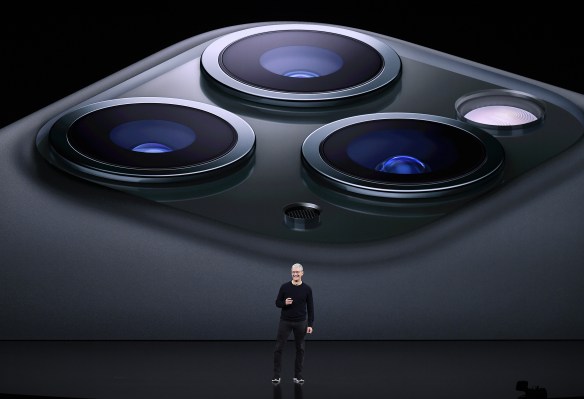Air taxi startup Archer shows off small electric aircraft but no flight test
Archer Aviation, a Santa Clara-based aviation startup, unveiled a new electric aircraft Thursday that it says will serve as the basis for a future fleet of air taxis that will criss-cross cities and help alleviate traffic. But much like...

Archer Aviation, a Santa Clara-based aviation startup, unveiled a new electric aircraft Thursday that it says will serve as the basis for a future fleet of air taxis that will criss-cross cities and help alleviate traffic. But much like the majority of these startups, the company was not able to demonstrate its flying taxis doing the thing they’re supposed to do: flying.
At an event in Los Angeles Thursday, complete with dramatic lighting, soaring visuals, and even a pair of drummers, the company showed off the 12-rotor aircraft, which it is calling Maker. Clocking in at 1,508kg (3,324lbs), the gleaming silver vehicle looks like an airplane / helicopter hybrid, with two wings sporting six rotors each jutting out from an egg-shaped fuselage.
It will have a range of 60 miles thanks to a 75kWh battery, and a top speed of 150mph. The entire wingspan is 40 feet. And when cruising 2,000 feet in the air, Archer says that the aircraft will be “100X quieter than a helicopter, generating only 45 decibels of sound” — similar to a loud bird call.
Maker is a “full-scale, two-passenger demonstrator aircraft,” said Adam Goldstein, one of Archer’s co-founders. “Its purpose is to serve as a certification test bed, and also to keep pushing our key enabling technologies.”
Archer did not demonstrate Maker’s flight capabilities, though, nor did it say when it anticipated receiving certification for test flights. The company has said it expects to eventually build a five-seater aircraft to serve as the main vehicle in its eventual commercial operation, which it plans to launch in 2024.
The type of aircraft Archer is developing is typically called a “flying car,” though they rarely resemble actual cars. They are electric-powered, able to carry only a handful of passengers, and intended for short flights within a city or regionally. Using tilt-rotors, Maker is designed to take off and land vertically like a helicopter and then transition into forward flight like a plane. There are dozens of similar startups building these types of electric vertical takeoff and landing (eVTOL) aircraft, but they have yet to be rolled out for commercial service.
Archer has recently made news for raising $1.1 billion by going public through a reverse merger with a special acquisition company, or SPAC. The merger, which is valued at $3.8 billion, is also backed by Stellantis, the parent company of Fiat Chrysler and Peugeot, and United Airlines. United has placed a $1 billion order for 200 Archer electric vertical takeoff and landing (eVTOL) aircraft, with an option to purchase 100 more for $500 million.
It has also found itself the target of a lawsuit from rival aviation startup Wisk Aero, which accused Archer of stealing its trade secrets and infringing on its patents. Wisk, which is a joint venture between Boeing and Kitty Hawk, recently filed a preliminary injunction to block Archer from using its technology and the US government opened an investigation into the matter. Archer countersued Wisk over “false statements” regarding the criminal probe.
Asked for a reaction to Archer’s unveiling, a spokesperson for Wisk said, “Nothing new was revealed in tonight’s launch. We look forward to continuing our case in court.”

 Troov
Troov 
































